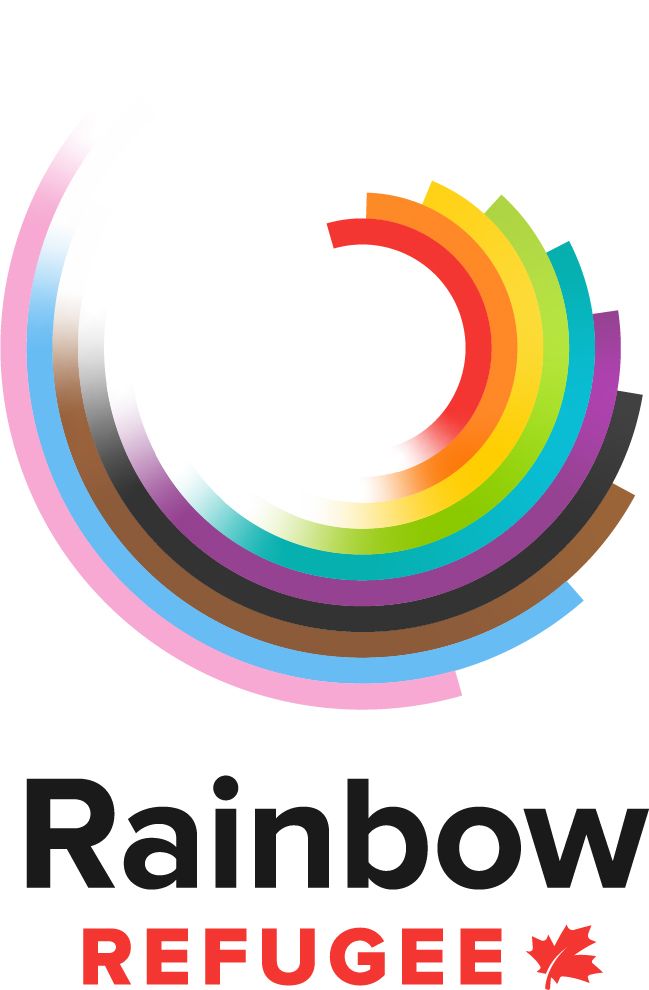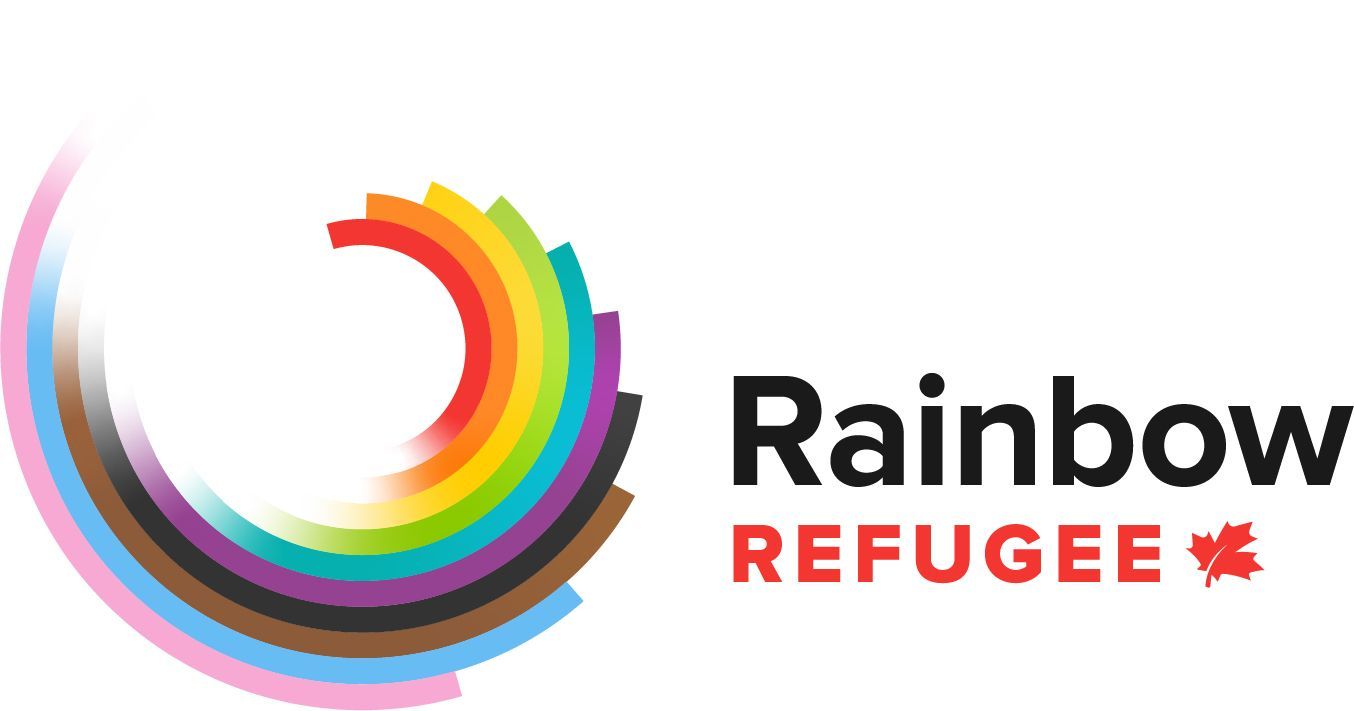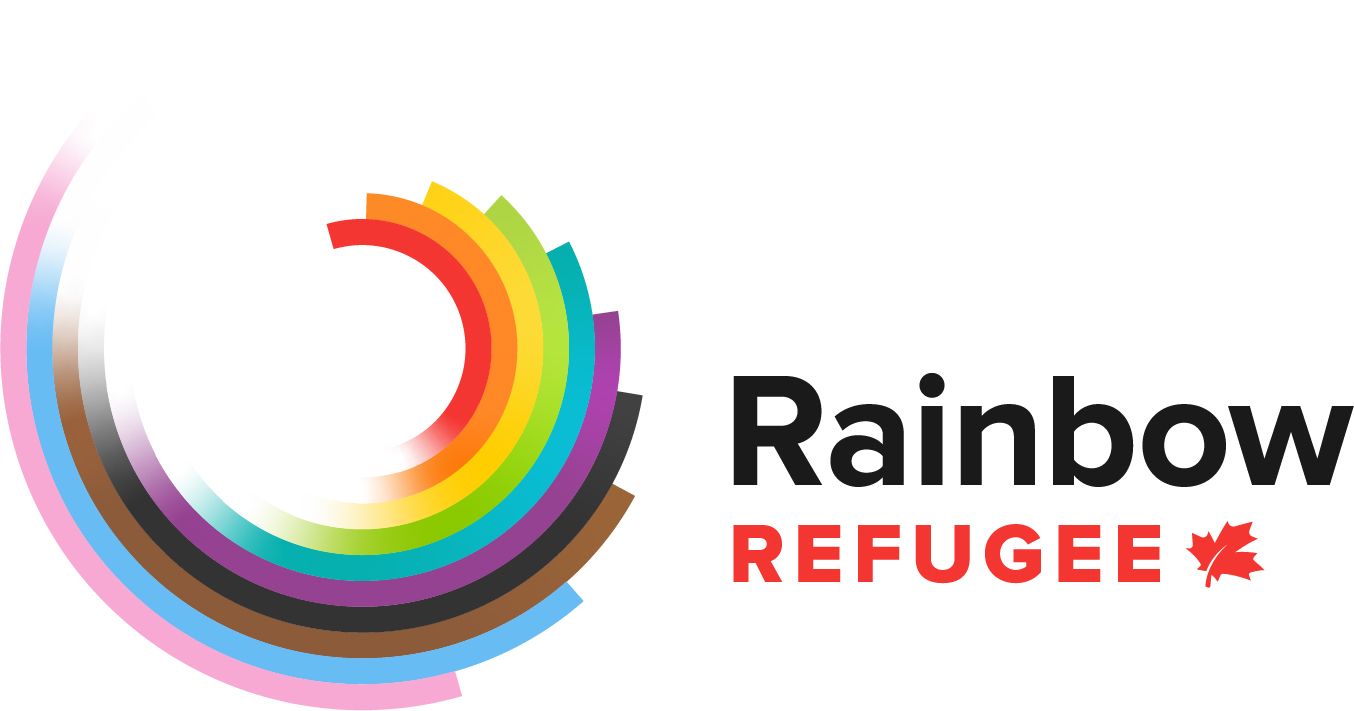LGBTQ+ Refugees Outside Canada
Are you an asylum seeker experiencing persecution because of your sexual orientation, gender identity or gender expression, and/or HIV status? Below we have outlined the process for seeking refugee protection overseas and then applying for resettlement to Canada. This process can be difficult, can take a long time, can involve risks to safety, and the outcome is uncertain. You must decide if the risks you face in your country of nationality outweigh the challenges and risks of this process.
Steps for Asylum Seekers
Go to the United Nations High Commission for Refugees
Asylum seekers outside of their country of origin can go to the United Nations High Commission for Refugees. They will give you an appointment. In some places, this appointment may take a year or more to be scheduled.
Interview with UNHCR
The UNHCR will interview you and decide if you are a Convention Refugee. They will give you a certificate. If you want to be resettled in Canada, you go to the Canadian Embassy, Consulate or High Commission.
Resettlement
Many more people apply for resettlement each year than Canada accepts. If you are accepted for resettlement, it may take many years for this process. The time varies from region to region: 1-3 years in some places, 6-8+ years in others.
There are two ways to resettle to Canada as a refugee:
- Government Assisted Refugees (GAR) - GARs are selected by the Canadian government and they support the first year of settlement.
- Privately Sponsored Refugees (PSR) - Groups of Canadians can sponsor a refugee. Private sponsors support the first year of resettlement for PSRs. Rainbow Refugee leads a project that helps groups of LGBTQI+ Canadians and allies to sponsor refugees. If you are an LGBTQI+ asylum seeker, outside your country of Nationality and would like to be considered for sponsorship you can email us.
Arriving in Canada
Whether you arrive as a Government Assisted or Privately Sponsored Refugee, when you arrive, you will become a Permanent Resident and be welcomed to Canada and someone will meet you at the airport. Afterwards, you will be taken to a temporary place to stay and have money for your basic needs. You will be supported for a year with access to healthcare and English or French classes if you need to learn or improve. Resettlement is challenging but Rainbow Refugee and our community will support you during this time.





